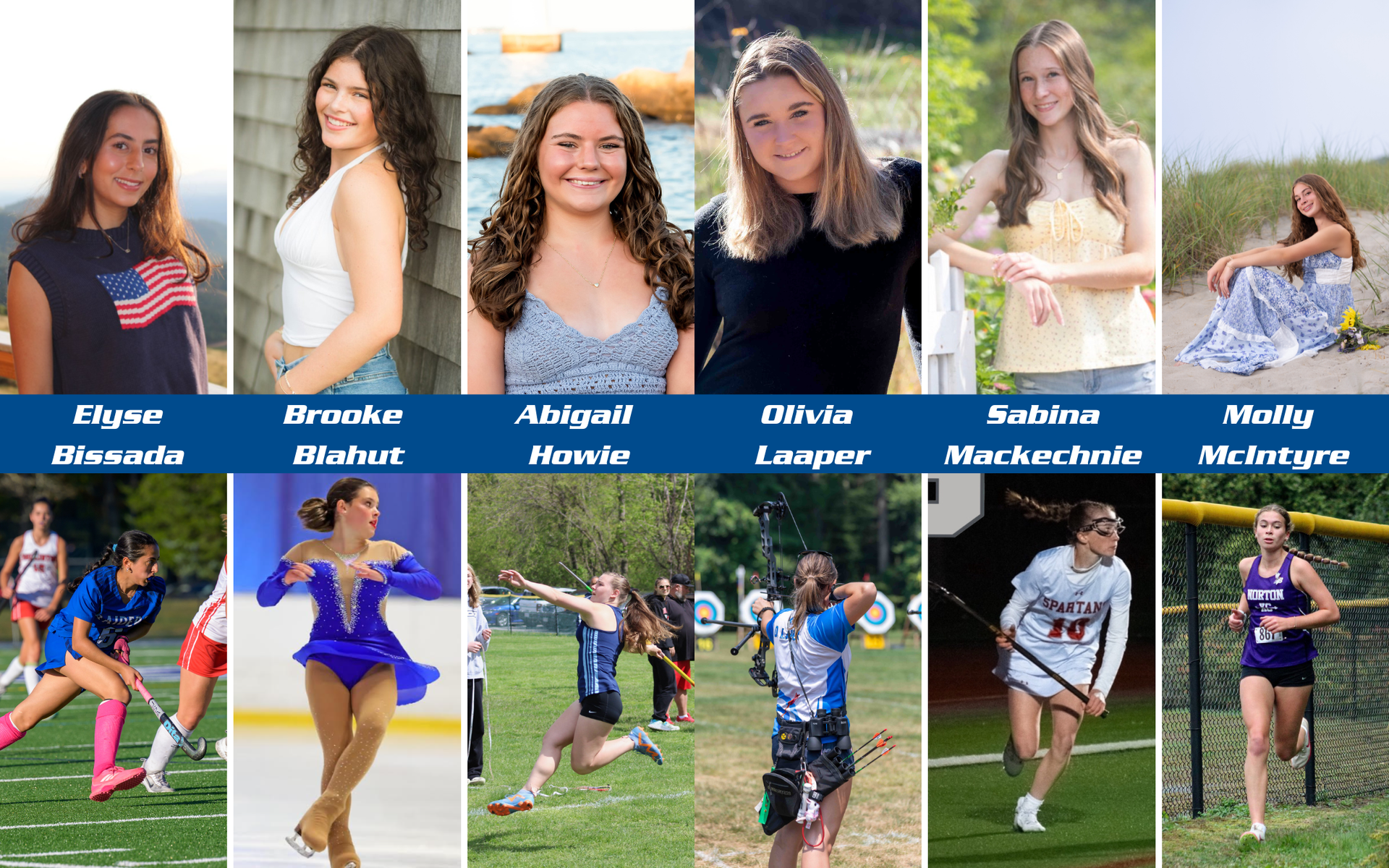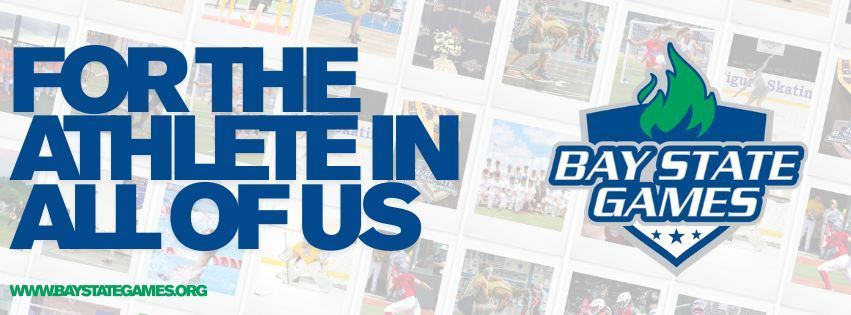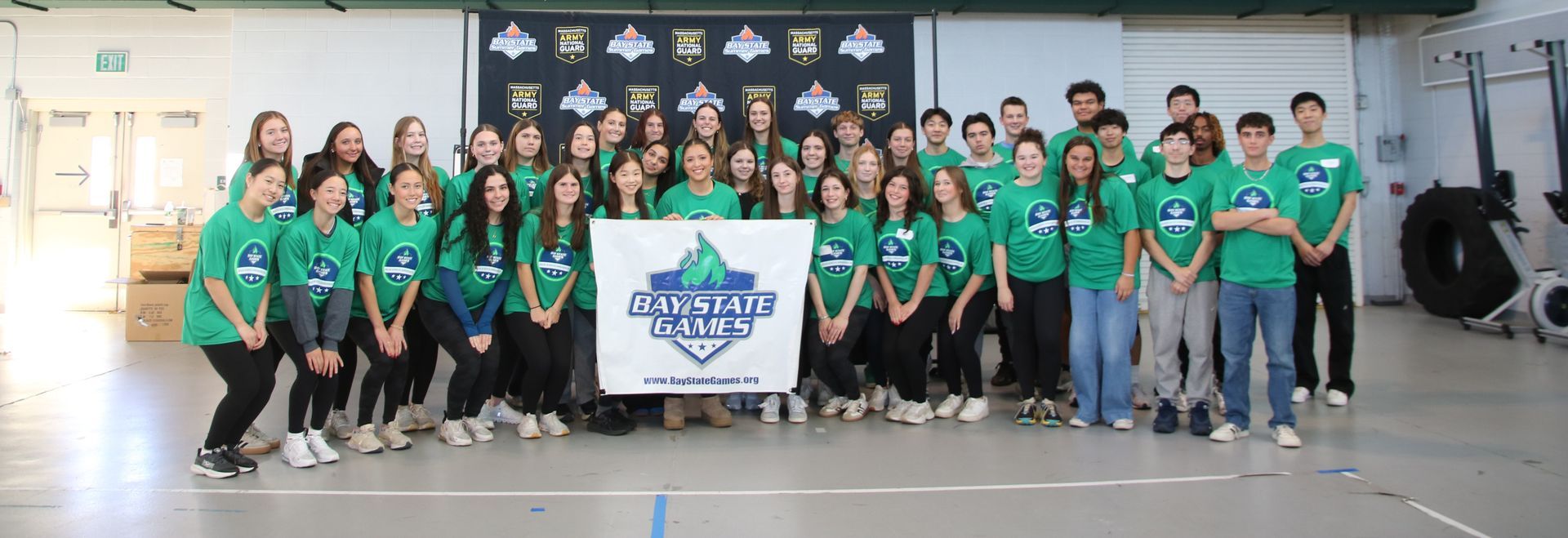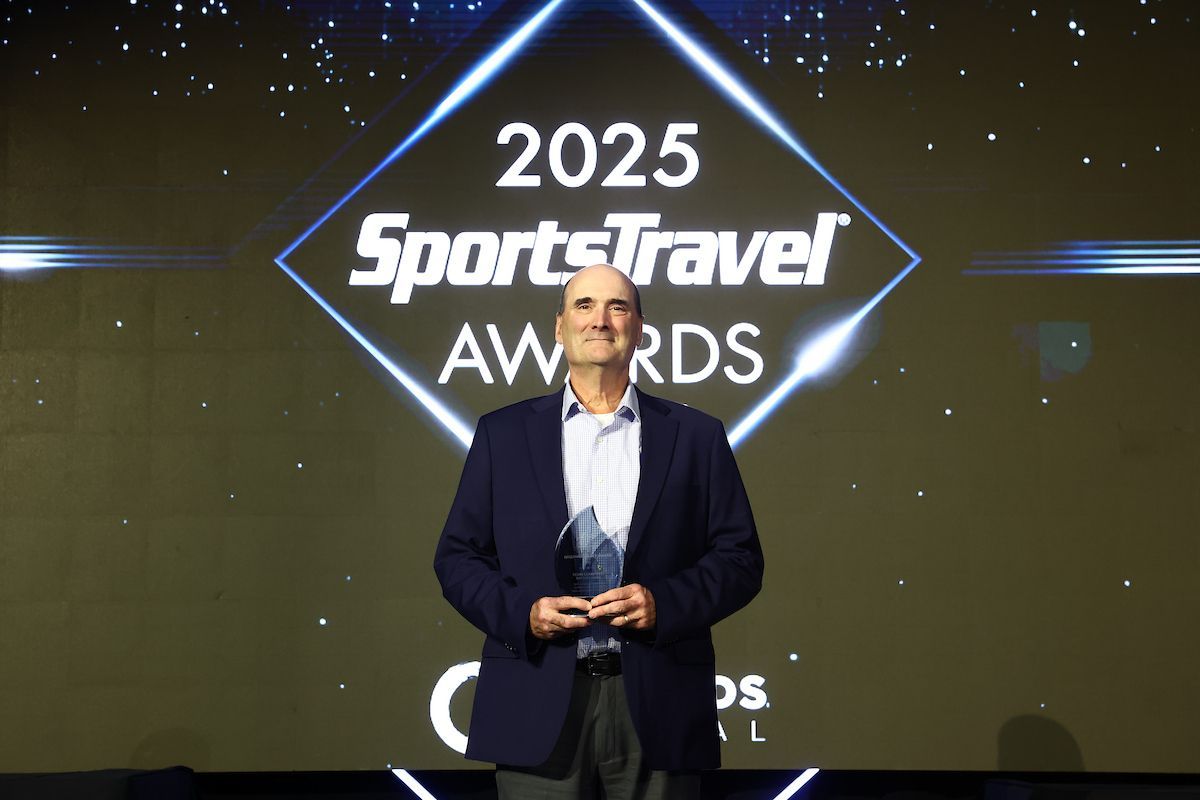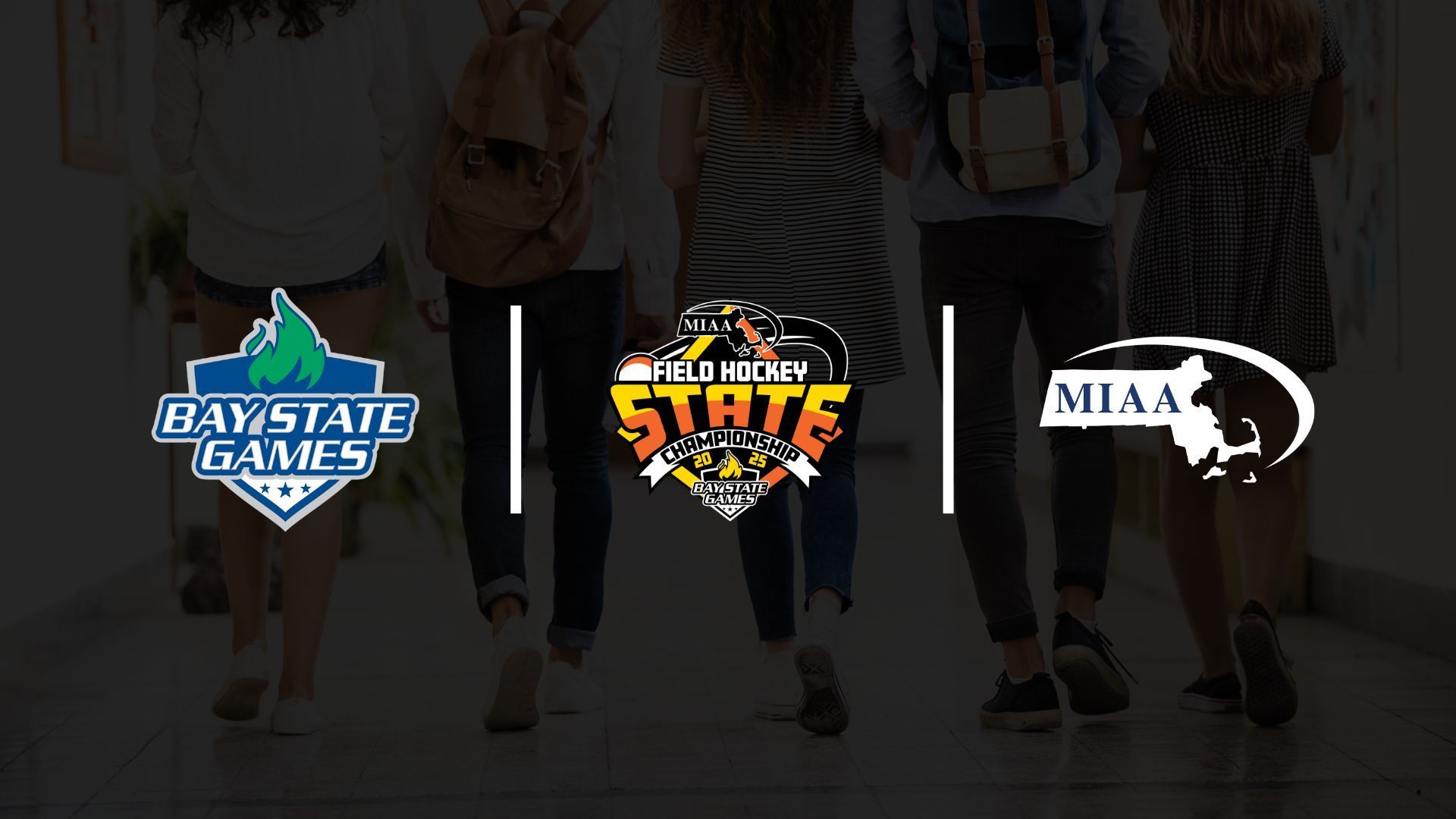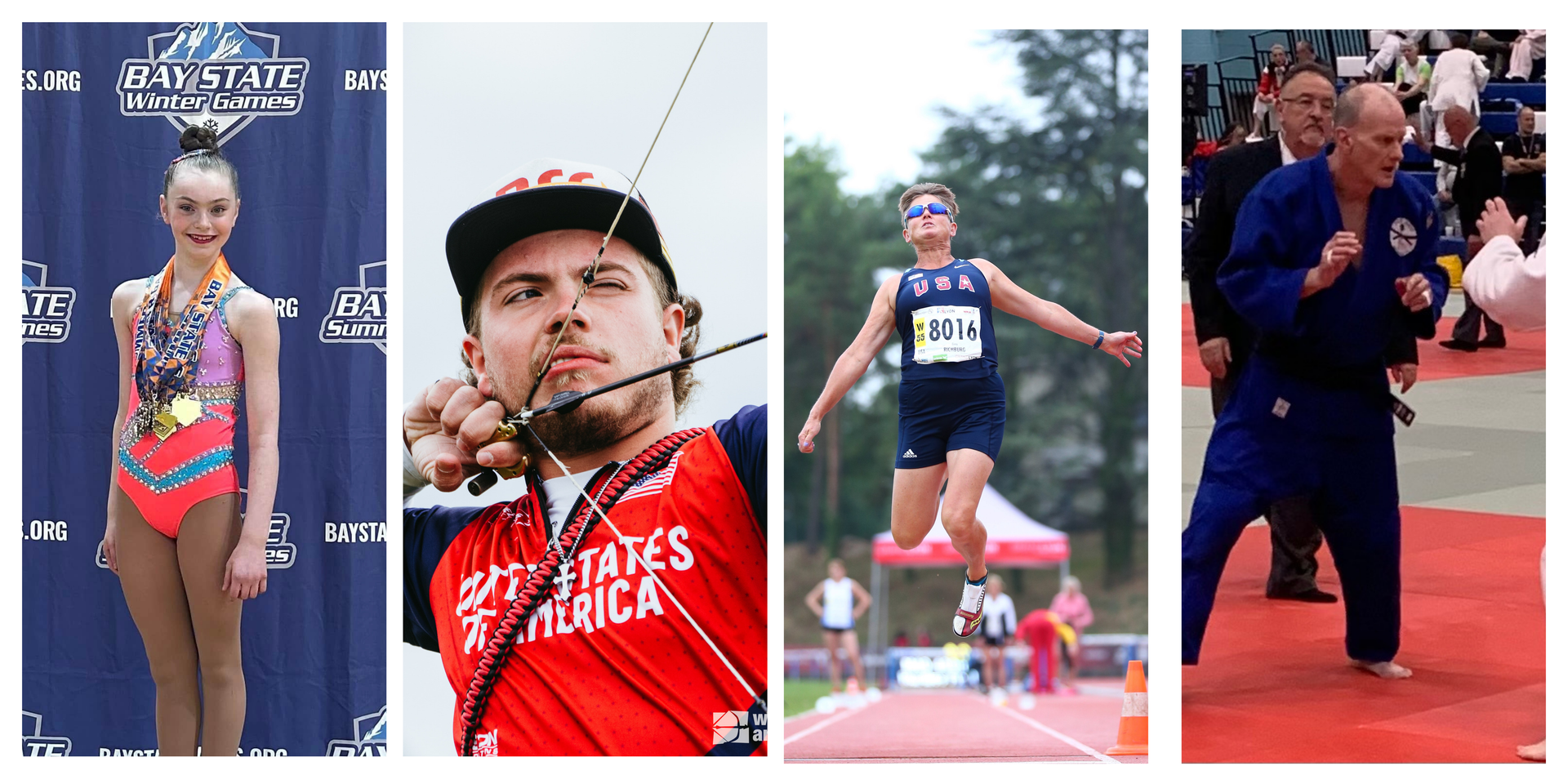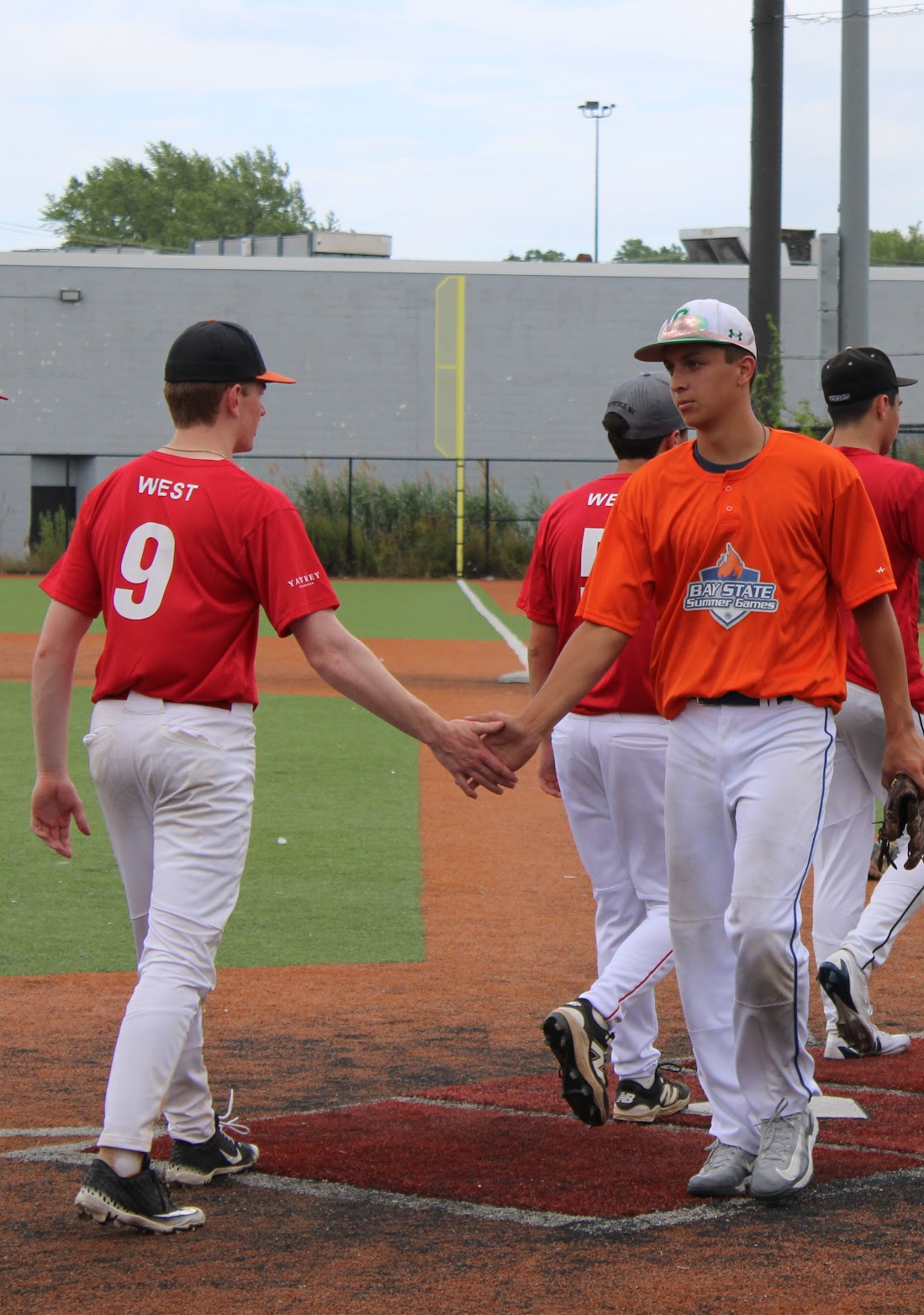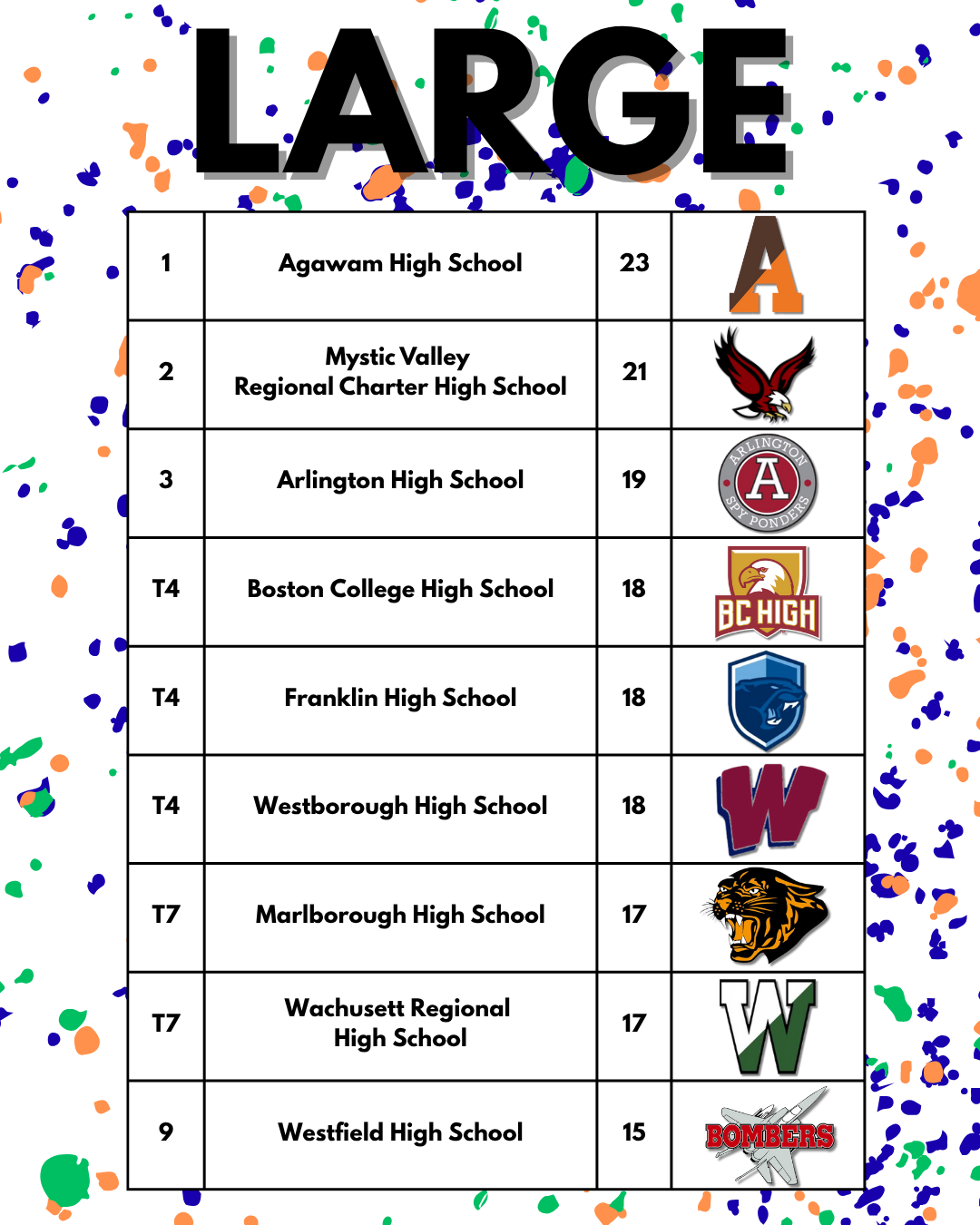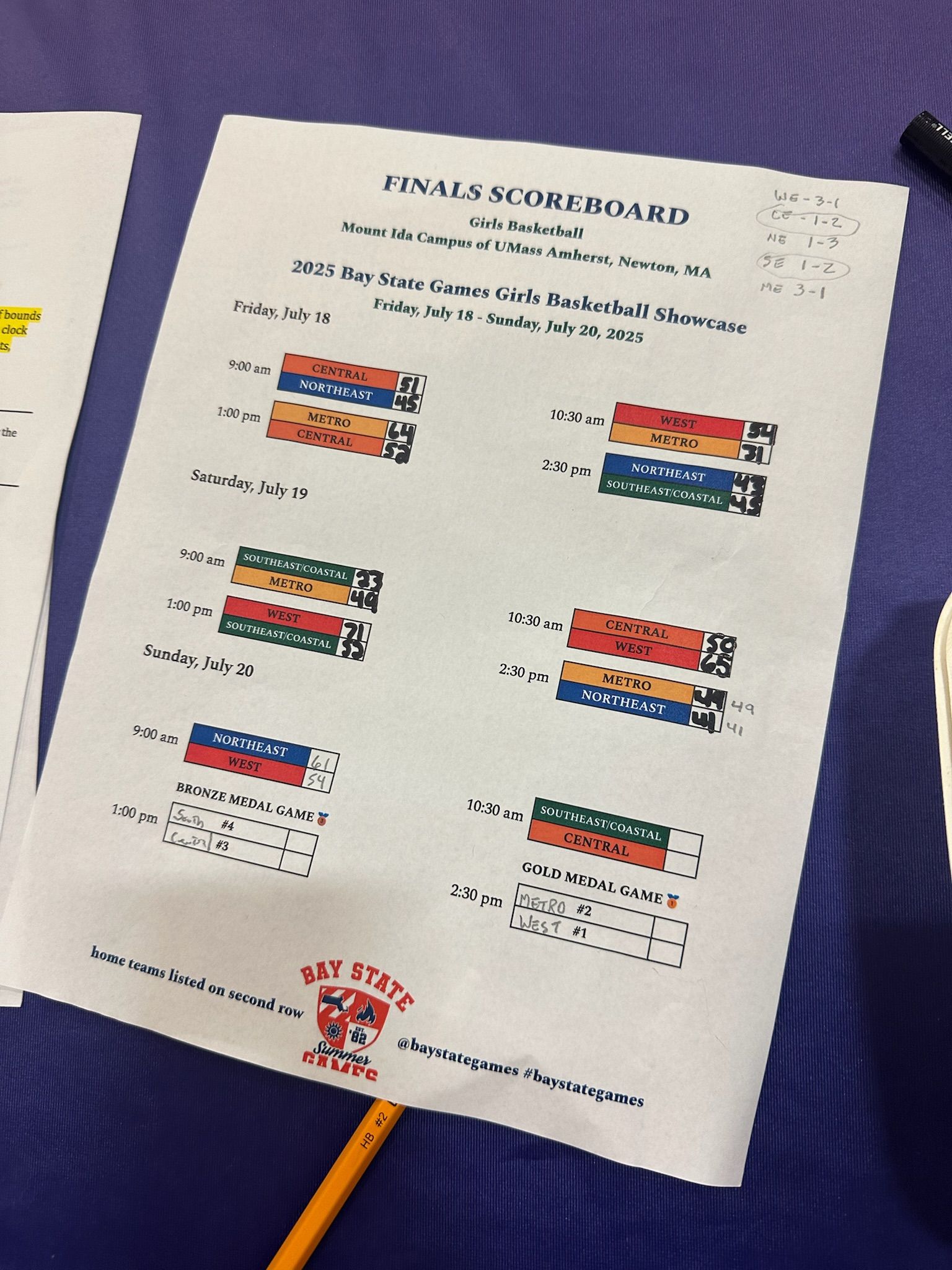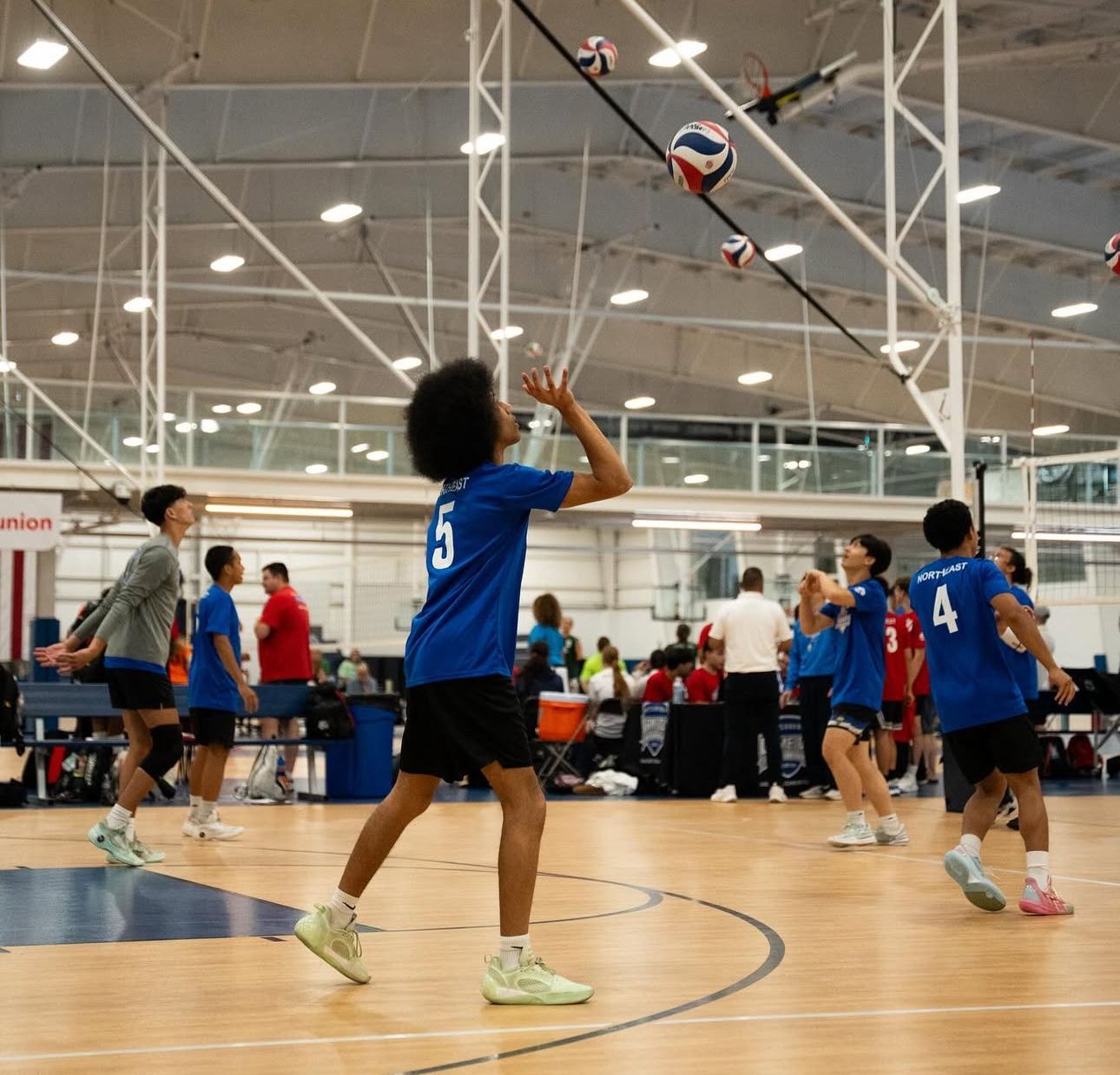BSG 40 - A Discussion on Bay State Games with Dave McGillivray
As we are winding down on the 40th anniversary of Bay State Games, we dug into some history. Who better to discuss this than with one of the founders of Bay State Games, Dave McGillivray. You may have heard of him before. He is the founder and president of DMSE Sports Inc. and serves as the race director for some of the biggest road races around the world, including the Boston Marathon.
Before all of that, in 1978, McGillivray completed the Run Across America running from Medford, Oregon to Medford, Massachusetts. He finished his run at Fenway Park and gained notoriety through this run, which raised funds for the Jimmy Fund. He later opened a running store in Medford and began putting on events to promote the store.
How did McGillivary first get involved with Bay State Games?
Doing all these athletic endurance feats, McGillivray got immersed in sport marketing and the event management world and got invited to be on Governor’s Council for Physical Fitness and Sports. He immediately accepted the invitation because he thought it was so cool. The Council would meet three or four times per year, and early on, most of the time was spent brainstorming what they might be able to initiate for athletic programs in Massachusetts. McGillivray recognized there were State Games programs in other states. Being familiar with Olympic Games, McGillivray thought the next best thing to hosting the Olympics is to host amateur games in the state. He led the charge and started putting together the plan for the first Bay State Games.
A little bit of history on the State Games movement: The concept of State Games began in New York in the late 1970s with the creation of the Empire State Games. Massachusetts was part of the next wave of states to create State Games programs in 1982, along with Florida, Alabama, and Pennsylvania.
Who did McGillivary recruit to get involved? Who were the key people to make Bay State Games happen?
The first thing they decided to do was get folks on board to help with this project, which at the time was called Sports Fest. They floated out that they were looking for someone with a skillset in event management and operations, and it happened to be Doug Arnot. Arnot’s brother, Bob was a medical correspondent for local TV and the Arnot family had strong contacts. The Council decided Doug Arnot was the guy and hired him in 1982 to lead the efforts.
If you’ve never heard of Doug Arnot, he has been a big part of some of the world’s largest sporting events over the last 30 years. After his time at Bay State Games, Arnot held positions on the organizing committees for four Olympic Games and was the Executive Vice President of World Cup USA 94. He has been an advisor for four other Olympic Games and multiple world championships. To say the least, Arnot was for sure “the guy.”
The first year was like dipping a toe in water. There was no infrastructure, and the organization had a small budget from the state. (McGillivray noted, “we walk before we run”). The first couple of years was a pilot program. There was no name or logo. The name Sports Fest was ultimately used. There were just 4-5 sports in summer with 200-300 athletes. The first few years of Sports Fest looked like this.
Over the next several years, Arnot developed the program into what became known as the Bay State Games. Arnot served as Bay State Games Executive Director for 10 years before passing it on to Pete Thomsen, followed by Charlie Noonan and Linda Driscoll, until current BSG Executive Director, Kevin Cummings, became the director in 1999.
What was the biggest obstacle in the early Bay State Games?
The biggest obstacle to getting Bay State Games off the ground was funding. Funding would end up coming from grants and sponsorship, but at the beginning there were none. Bay State Games relied heavily (as we still do) on a great group of volunteers. They got the local colleges involved to host the tournament.
How has the landscape of sport changed since incorporating the Bay State Games in 1982?
It’s first important to separate pro sports from amateur sports. On an amateur level, when Dave started the business of putting on road races, he was almost ridiculed. He was told, “you think you can earn a living putting on road races?” Dave’s response was, “I’m not putting on road races; I’m helping to raise the self-confidence and self-esteem of thousands in America. A target or mark to go after, get off the couch, motivate themselves to stay healthy. Run the race, get the medal, go home feeling good about themselves. Core of sport is that.”
There is a competitive component to sport. For most of us, the chance to be a participant runs out in high school or college. We then transition to being a spectator. BSG offers the kind of opportunity to participate well beyond those years, which Dave compares to the Boston Marathon. We can’t all run in Olympic Games, but we might have the same drive or desire an Olympian has. While the Boston Marathon has qualifying standards (goals, earning the right to run the “holy grail”), it gives the opportunity for “ordinary” people to achieve athletic goals they never saw possible. The similar objective of participatory sports and competitive sports is to feel good about yourself. It is the foundation by which we accomplish anything in our lives. The want to get better, the want to get healthy.
At its very core, the landscape of sport has not changed other than more and more people are finally getting it. The pandemic, as bad as it was, also encouraged people get outside more and walk, run, bike– get some exercise. The hope is that it will bode well down the road as events come back and maybe they will choose to participate resulting in higher participation than pre-pandemic.
Dave’s motto is that as years go by the walls of intimidation begin to crumble and people begin to believe in themselves. Dave believes the Bay State Games do that (he’s right). At the end of the day, Bay State Games is about promoting personal development, education, physical fitness, teamwork, and sportsmanship to athletes around Massachusetts. Once we decide it’s time to participate (or compete) for the love of the game, or for the sake of being athletic, those barriers begin to fall, and we remember how Bay State Games came to be in the first place..
Check back every Thursday for more throwback content.
Previous Posts:
Week 36 - Berkshire Hero
Week 35 - BSG 35th Anniversary (2016)
Week 34 - 1996 Winter Games
Week 33 - Nancy Kerrigan
Week 32 - BSG Alumni (Winter)
Week 31 - BSG Alumni (Summer)
Week 30 - BSG 30th Anniversary (2011)
Week 29 - 1998 Winter Games
Week 28 - 2009 Top Shots
Week 27 - BSG Internship
Week 26 - BSG T-shirts
Week 25 - BSG 25th Anniversary (2006)
Week 24 - Future Leaders Scholarship
Week 23 - Athlete of the Year
Week 22 - 1988 Top Shots
Week 21 - 1998 Top Shots
Week 20 - BSG 20th Anniversary (2001)
Week 19 - 40th Top Shots
Week 18 - Rugby Joins the Games
Week 17 - Entry Books
Week 16 - Standin' in the Hall of Fame
Week 14 - Time to Showcase
Week 13 - Title IX
Week 12 - BSG Summer Figure Skating
Week 11 - BSG No-No
Week 10 - BSG 10th Anniversary (1991)
Week 9 - BSG Logos
Week 8 - Bikes Only
Week 7: Seeing Double at Track & Field
Week 6 - Pat Connaughton, Baseball Star
Week 5 - 1996 Summer Games Top Shots
Week 4 - Spot the Hall of Famer
Week 3 - Let's Jump!
Week 2 - 1994 Top Shots
Week 1 - Light the Cauldron
